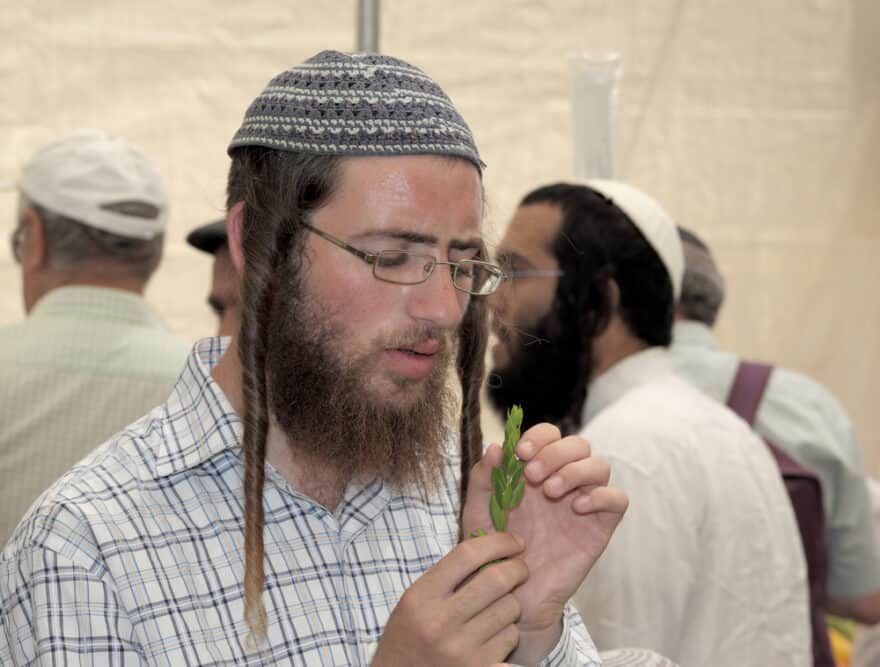
If you’ve ever come across an orthodox Jewish man, you may have noticed that he has curls hanging down the sides of his head. It’s an interesting style that may take you by surprise.
If you’re wondering what these curls are and why Jewish men wear them, you’ve come to the right place! This article will look at why some Jewish people have coils on the sides of their heads and dive into some other Jewish hair traditions.
Table of Contents
Why Do Jewish People Have Curls?
According to Jewish tradition, men are forbidden from rounding the corners of their heads. Many people have interpreted this to mean that haircutting should be restricted.
To comply with this rule, some Jewish men allow the hair along the sides of their heads, called sidelocks, to grow out.
The curls on the sides of Jewish men’s heads are called payot, and they signify their commitment to following Jewish tradition. Payot is usually seen in the Orthodox Jewish community, as they follow traditional rules more closely than Reformed Jewish people.
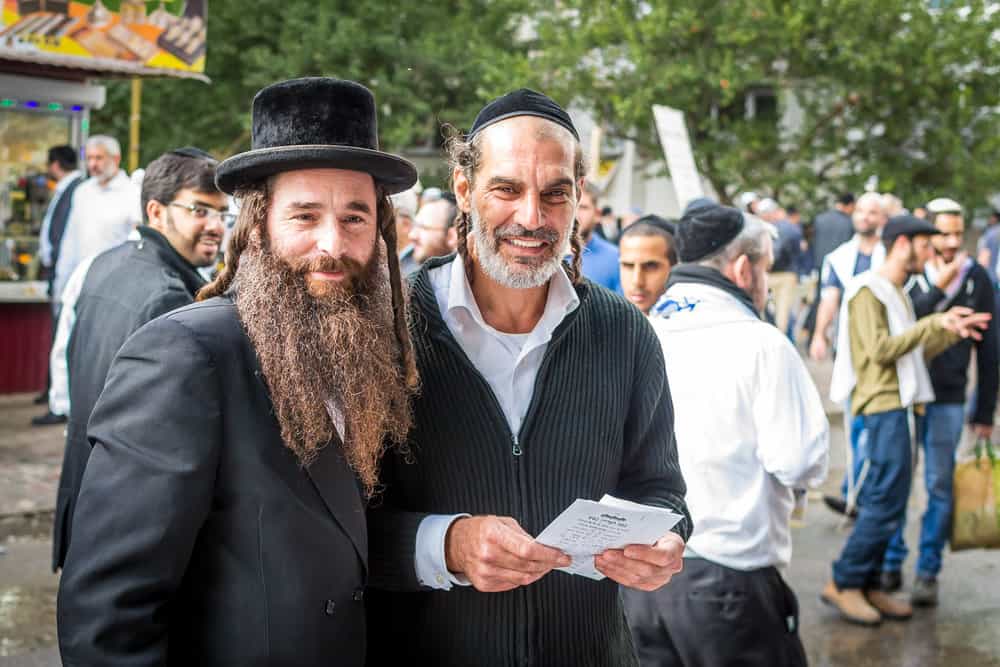
How Are Payot Styled?
While Jewish tradition states that men should avoid cutting their hair, it doesn’t specify how the payot should be styled. As a result, some men choose to wear their payot differently than others.
The reasons behind their choices range from religious tradition to simple aesthetics. Here are some popular ways payot is styled.
- Free-hanging curls - When most people think of payot, they think of defined ringlets. Not every Jewish person has tightly coiled hair. Sidelocks are coated with gel and wrapped around a pencil or hairbrush to get this style on straighter textures. As the gel dries, the hair hardens into a tight coil.
- Free-hanging hair - This simple style involves letting the payot hang naturally, rather than manipulating them into a particular shape. Depending on the person’s hair texture, payot can range from thin and wispy to bushy and full.
- Tucked behind the ears - Another popular way to wear payot is to tuck them behind the ear gently. This style is used to make the payot less visible or keep the hair from getting in the wearer's way as they go about their business.
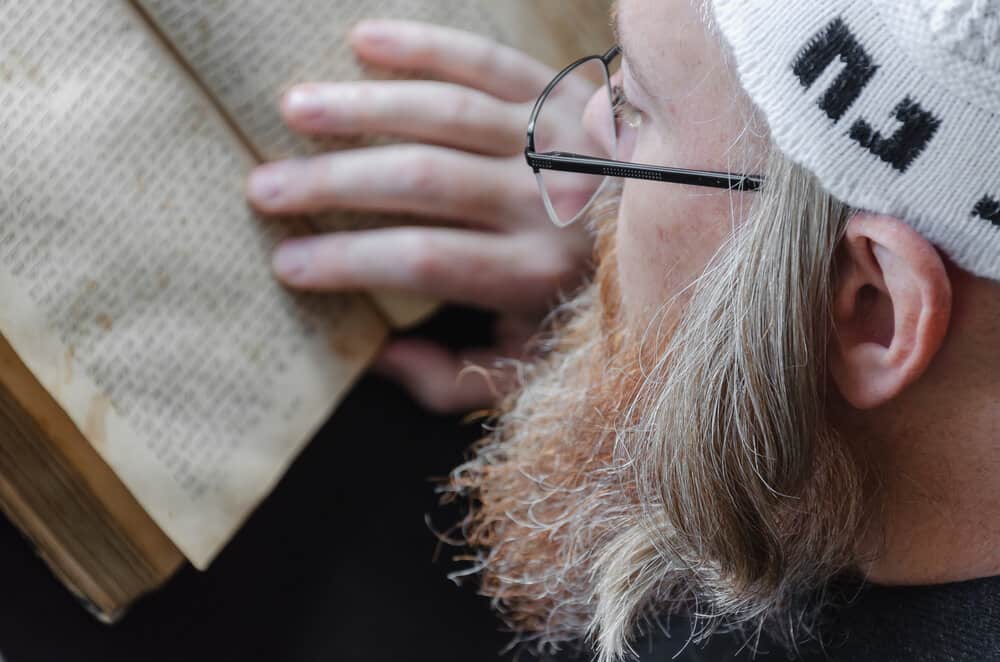
Other Jewish Hair Customs
Along with payot, there are many other unique Jewish traditions involving hair. Throughout human history, hair has taken on many different spiritual meanings.
As a result, rules and guidelines dictating how one should wear their hair are common in many religions. Here are some of the Jewish rules regarding hair.
Women Should Cover Their Hair After Marriage
In Jewish tradition, head coverings are a way to show commitment to the Jewish faith. They can also be used to identify themselves as Jewish in religiously diverse areas.
However, the primary purpose of female head coverings is to temper a woman’s attractiveness. By covering her hair, a woman can preserve her modesty.
Additionally, covering the hair is used to indicate a woman's marital status. After getting married, Jewish women are not supposed to show their hair in public.
This is particularly true when the woman is in the presence of unrelated or distantly related men. Although many women wear headscarves or hats, some cover their natural strands with wigs.

Jewish Men Should Cover Their Heads
The most common head covering for men is a skullcap called a yarmulke or kippah. How a head covering is worn varies among Jewish men, depending on their beliefs.
While some men wear these head coverings every day, others don’t wear them or only don them during religious ceremonies and when entering places of worship. Some men even wear their head coverings to sleep!
For men, the head coverings aren’t always about covering their hair. Bald men will also wear yarmulkes on occasion.
Since they don't have hair to keep the hat in place, they choose hats made from materials that can grip the skin, like suede. If that doesn’t work, they may use velcro or double-sided tape to keep the covering from slipping off.
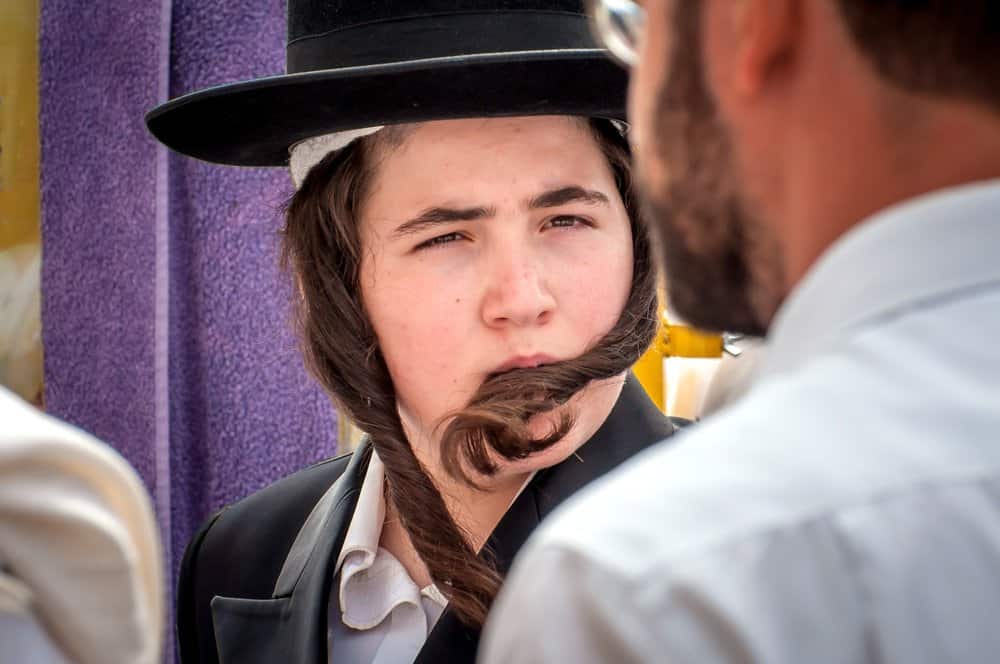
Some Women Shave Their Head
Although the practice has mostly been abandoned, some married Jewish women would shave their entire heads. While most women prefer to cover their hair, some Ultra-Orthodox women find shaving their head the surest way to make sure others never see their hair.
They would shave their heads immediately following their wedding and repeat the process every month to make sure not a single strand would show.
Jewish Can Only Use Razors On Some Parts Of Their Bodies
Most of the rules regarding Jewish men's hair focus on its removal. This is primarily due to how razors are perceived.
Jewish tradition forbids using a razor on several critical portions of the body. They are the front of the neck, the upper and lower half of the cheek, and the part of the chin.
Despite the strict rules regarding razor use, other hair removal methods are allowed under some circumstances. Some of those methods are:
- Depilatory creams
- Wax
- Tweezers
- Scissors

Why Can’t Jewish Men Use Razors?
There are a few different theories on why razors and shaving are discouraged in Jewish tradition. One view is that shaving your hair was thought of as feminine behavior.
Jewish men were encouraged to follow strict gender norms and avoid traditionally feminine practices. Another theory behind the ban is that razors and shaving were considered pagan practices.
Ancient civilizations like the Egyptians, Sumerians, and Elamites were usually clean-shaven or trimmed their beards into neat styles. Many early Jewish men refrained from cutting their facial hair for aesthetic reasons to differentiate themselves.
While many Orthodox men refrain from cutting their facial hair altogether, others will use scissors to trim their beards and mustaches for hygienic reasons.
Even though the rules regarding hair are somewhat strict, some allowances are made.
For example, facial hair that impedes eating and hair at the nape of the neck are allowed to be trimmed. Other passages permit Jewish men to shave their heads when they are in a period of mourning or after they have contact with a corpse.
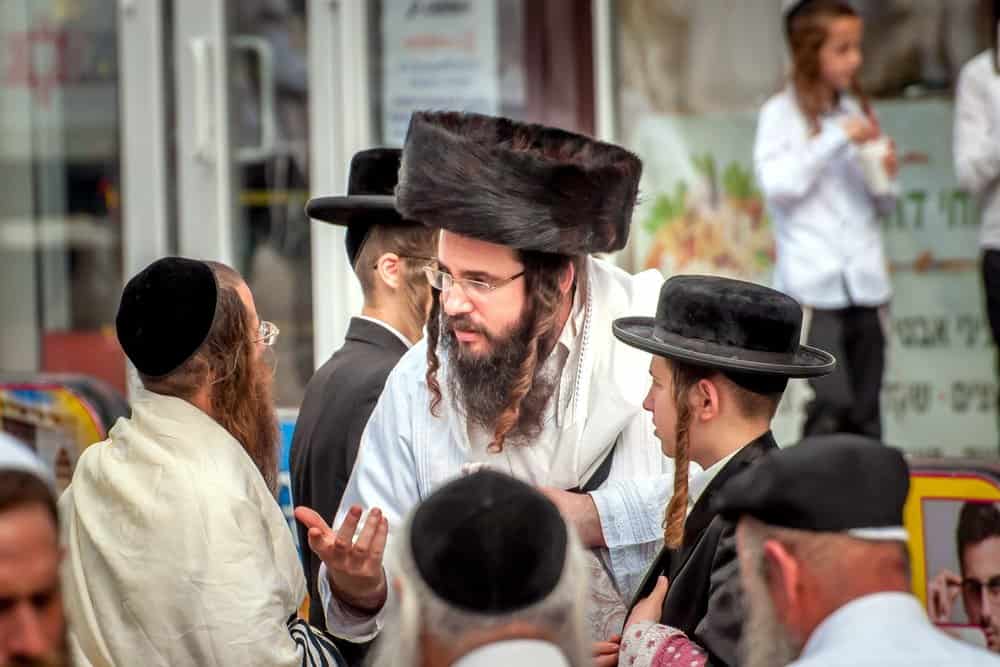
Why Do Jewish Men Have Beards?
In addition to payot, many Jewish men are known for sporting a beard. As we mentioned before, Jewish tradition does not allow them to shave.
The rule later forbids the cutting of the corners of their beard. Many Jewish men forgo cutting or trimming their facial hair to comply with the law.
How closely Jewish men stick to the rules largely depends on their interpretation of the passages. While many interpret the rules as a total ban on hair cutting, others think razors specifically are what you are supposed to avoid.
Some men avoid razors and use electric shavers or scissors to trim their beards instead. Scissors and electric shavers don’t make direct contact with the skin and are permissible in some cases.
Other Jewish men choose to show total dedication to the rules and avoid hair removal altogether.
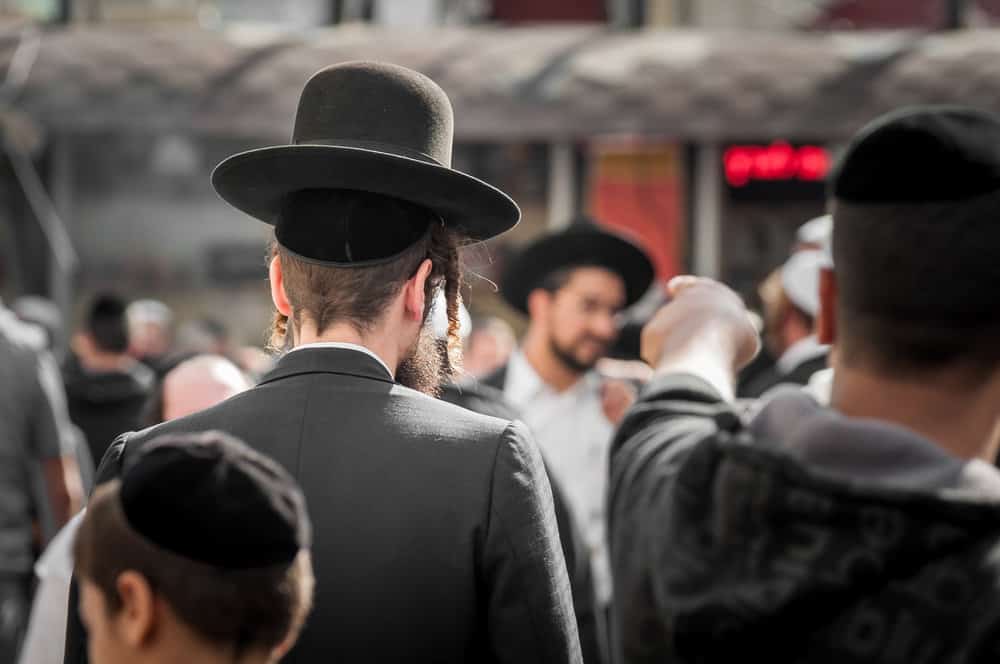
There you have it! The Jewish community has a long history of customs surrounding hair and, more specifically, its removal. Many of the rules are written in a way that leaves them open to interpretation, so there isn’t one right way to follow them.
We hope this article has given you some insight and answered all of your questions about the curls Jewish men wear on the sides of their heads. The more we understand others’ cultures, the more open-minded we can be as a people.




